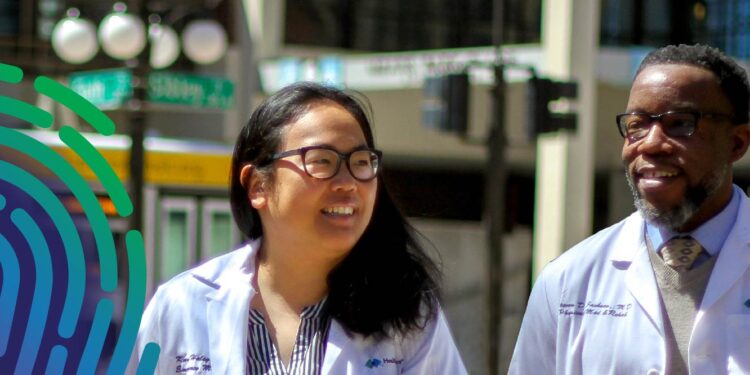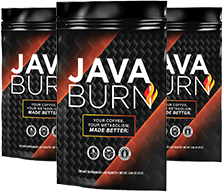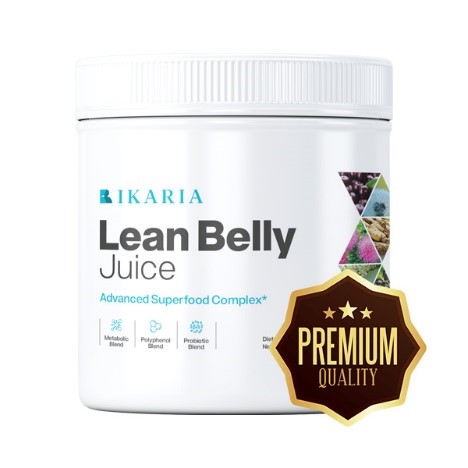Chronic ache is extra typically related to opioids and medical amenities than yoga studios, however Sara Hall, a medical nurse specialist in ache administration at Regions Hospital, is altering the narrative. She shares how a 2020 grant helped her group develop a yoga program that’s extra accessible for Spanish-speaking sufferers with persistent ache. Listen to the episode or learn the transcript.
Health care’s “hot potato”
Sara Holl took an interest in persistent ache administration 20 years in the past when she seen how little attention the matter acquired in health care training. She says that persistent ache was a “hot potato” situation that usually got here with a one-size-fits-all strategy.
“Treatment was very cookie cutter,” says Holl, “when what people need is an individual approach.”
Holl says that the manner ache is handled in hospitals isn’t essentially the manner to deal with it in on a regular basis life. “A common approach in the hospital setting, where we want to treat pain aggressively, is medication-focused. But a lot of people want bigger and broader options. And they really appreciate when you talk about things outside of medication.”
One of these choices, says Holl, is yoga.
Moving away from opioids
The dialog started in 2017 when the neuroscience heart opened.
“It was serendipitous,” says Holl. “It allowed multiple departments to collaborate under one roof. We started talking about how we can approach pain in different ways.”
In 2020, they used a Minnesota Department of Health grant to discover non-opioid choices for persistent ache administration. That led to the improvement of an in-person yoga program. Yoga has been discovered to assist individuals residing with persistent ache really feel higher, with out the use of opioids. Holl and her group needed to attain a broader and extra various viewers, so that they tailored the in-person program right into a free, web-based program.
In their analysis, Holl says they discovered that the Hispanic neighborhood was the largest-growing minority inhabitants in the Twin Cities and that it might be an important alternative to convey the program to them.
“A partner upstairs in the Center for Memory and Aging connected us to a community site in the Twin Cities,” says Holl. It was the excellent place to provide their first yoga satellite tv for pc web site. They had been already providing free applications to Hispanic seniors there, so yoga for ache match properly what with they already provided.
With the assist of a University of Minnesota School of Nursing pupil, Holl says that there ended up being only a few obstacles to getting individuals entry to the program.
Diverse options for various populations
Holl says that totally different cultures have totally different attitudes when it comes to persistent ache. But one commonality is that persistent ache is extra prevalent amongst minority populations, and that these populations typically have decreased entry to care.
Chronic ache is a problem, says Holl, as a result of sufferers are sometimes trying for fast fixes.
“But that doesn’t work for chronic pain,” she says. “In the 90s and 2000s, pain was treated with opioids.” Now analysis says that persistent ache wants to be handled with a extra multidisciplinary strategy.
“We now know that opioids don’t make chronic pain better, they make it worse,” says Holl. “If you’re exposed to pain over and over and over again, your nervous system changes. Opioids will stop working.” And, Holl notes, virtually everybody is aware of somebody who is aware of somebody who died from opioids.
Yoga for persistent ache
Yoga is fantastic for persistent ache, however it may be a tough promote, at first, says Holl. “People living with chronic pain have a fear of movement and exercise because they don’t want to hurt,” she says. But motion is the smartest thing for persistent ache. The yoga program Holl and her group developed is targeted on making it accessible for individuals with persistent ache.
“It’s about balancing your nervous system,” she says. People in ache stay with altered nervous techniques. They’re in sympathetic overdrive and limbic system arousal. Yoga will help calm and steadiness these points.
“Yoga is good because of its stillness and introspection,” says Holl. It helps individuals ask themselves how they’re feeling inside – a query individuals residing with persistent ache strive to keep away from and ignore. Yoga additionally helps the parasympathetic nervous system and stimulates the Vagus nerve.
Holl says she’s engaged on making yoga for persistent ache extra broadly accessible and spreading the phrase about yoga’s advantages. “We want our medical colleagues to understand that there is real, true scientific basis for using yoga for chronic pain.”



















Discussion about this post